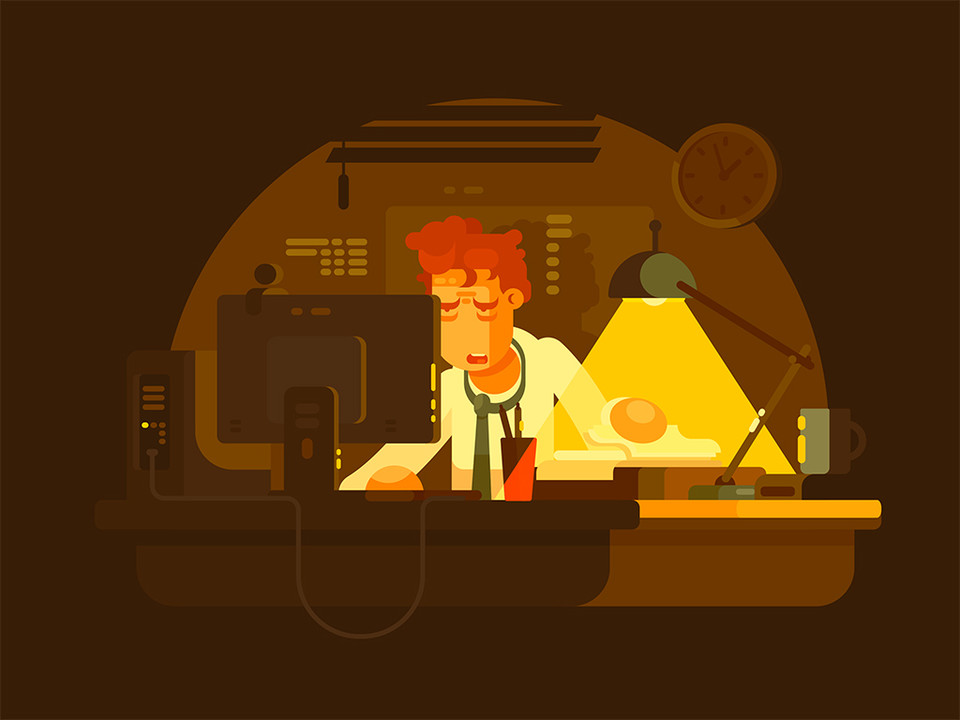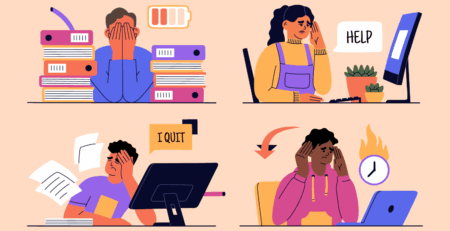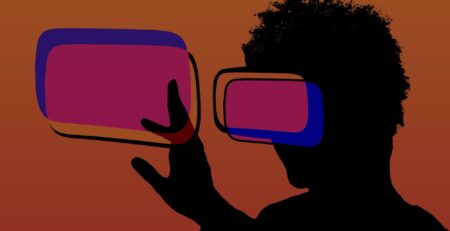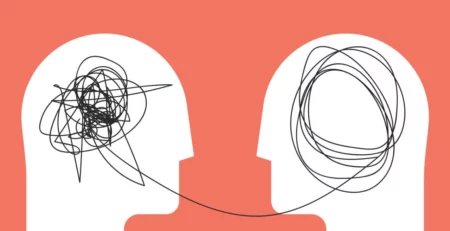Nowadays, most corporate enterprises understand the importance of emotional and mental well-being; for this, they introduce well-being programs for their employees. But do you know that there is another culprit that could be draining your mental health and productivity? Harsh office lighting, right above your head for the whole time.
The intensity of light effects can significantly affect your ability to focus at work. This is why workplace experts like Dara Greany suggest working under proper lighting all the time is a must for optimal performance. This not only improves your productivity but also your overall well-being.
Table of Contents
Impact of Poor Lighting at Workplace
If the lighting system is not sufficiently good at the workplace, it can have an insidious effect on employees’ productivity. Here are some common grievances by employees working in poor lighting:
What actually is poor lighting?
Poor lighting is just a lack of proper light quality in the workplace. For example, harsh or bright lights, fluorescent or dim lights, dark rooms with insufficient lighting, rooms with shadows, flickering lights, etc. This kind of light system can have adverse effects on human productivity and mental health.
Eye Strain
Poor lighting usually leads to eye strain. This is an extremely annoying sensation. Excessive time spent working in dim or harsh lighting can make vision quality deteriorate just for one. And most workplaces now use computers; this makes eyes go into strain and ultimately reduces vision due to poor lighting.
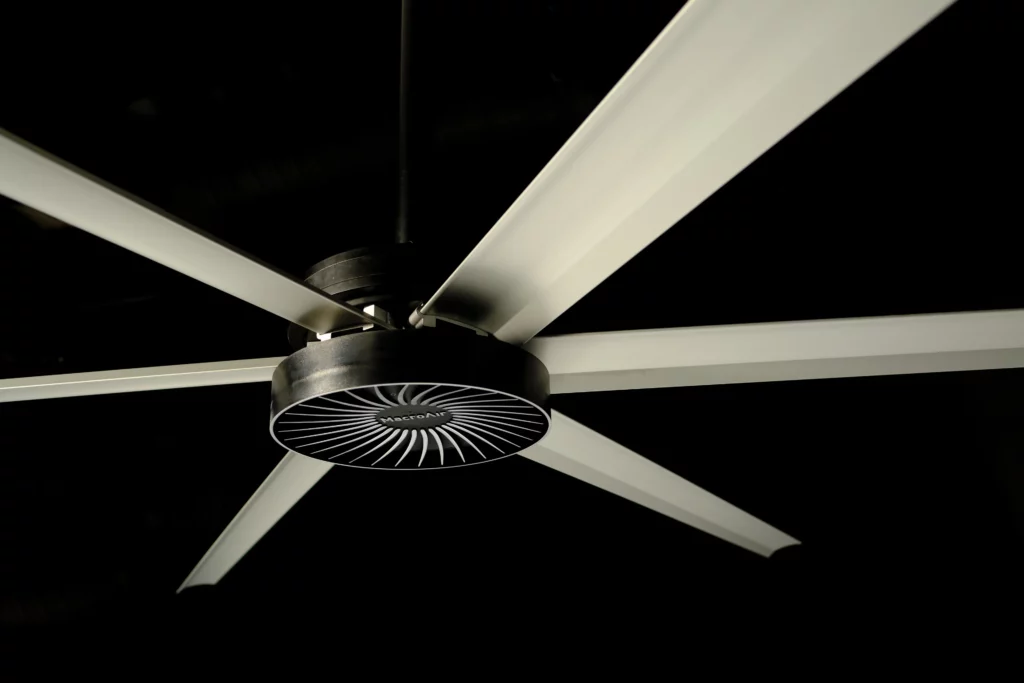
Poor Physical Health
Bad lighting, lights flickering, and glaring of lights can result in a variety of bad physical health issues. This can contribute to sleepiness, grogginess, insomnia, increased headaches and migraines, fatigue, nausea, backache, poor sleep, memory distortion, and other physical issues.
Furthermore, poor light can strain both the ocular system and induce neck/shoulder tension and stiffness when employees use awkward physical postures to see.
In addition to daytime lighting pollution, research shows people on night shifts have significantly more cases of cancer. Bone, heart, and increased weight issues are also linked to light exposure.
Posture Issues
Having a back or neck ache due to poor lighting? Awkward sitting positions while working may result from poor lighting, leading to posture discomfort over time. While stretches and ergonomic adjustments can help, improving lighting is essential for good posture.
Maintaining a healthy spine is about proper posture. Even better alignment while working is supported by ergonomic chairs and adjustable desks. It is recommended to get up and move around; changing your sitting posture further reduces muscle strain.
Mental Health Issues
Poor lighting in the workplace affects not only physically but also mentally. The fluorescent lights will agitate stress and anxiety. Moreover, inadequate lighting has also been linked to Seasonal Affective Disorder (SAD) and depression. Glare or flicker of lights creates a continuous beeping, which gets annoying while working. This results in hyperirritability and lack of focus; both have a somewhat deleterious influence on mental well-being.
For employers, it is important to offer proper lighting at the workplace for enhanced employee satisfaction. As a result, it promotes the overall well-being and mental health of the workforce.
Low Levels of Productivity
Poor lighting can also leave your employees looking and feeling sluggish and, in turn, contribute to poor work output—the least you want happening in your workplace. Every one of these components has an exponentially direct effect on employee productivity. This can put companies behind in operations.
It may not hit too hard immediately, but failing to correct a lighting issue quickly can have long-term detrimental effects on productivity that can lead to a drop in revenue.
Best Strategies to Optimize Office Lights for Better Mental and Physical Health
Here is how to decide which light system enhances your productivity and avoids mental health issues:
Consider Levels of Light
In any space, it is critical to incorporate three levels of lighting. Three main levels include ambient, accent, and task. Ambient light provides a wash of light across the entire room. Task lights are specifically used on dedicated work areas, such as workstations in the office. Accent lighting, on the other hand, is used to highlight artwork, architectural work, or sculptures, adding depth and character to the object.
In addition to levels only, the direction of light also plays a significant role in a person’s mood. Direct light from above can create a more stressed environment, while overhead lights combined with warmth can transform the space into a more serene environment.
Prioritize Natural Light
Offices must prioritize natural light to maximize productivity. Use office layouts having glass partitions to penetrate deeper into the office. Also, try placing desks near windows to absorb natural light that will not only improve employees’ mood but also reduce the need for artificial light.
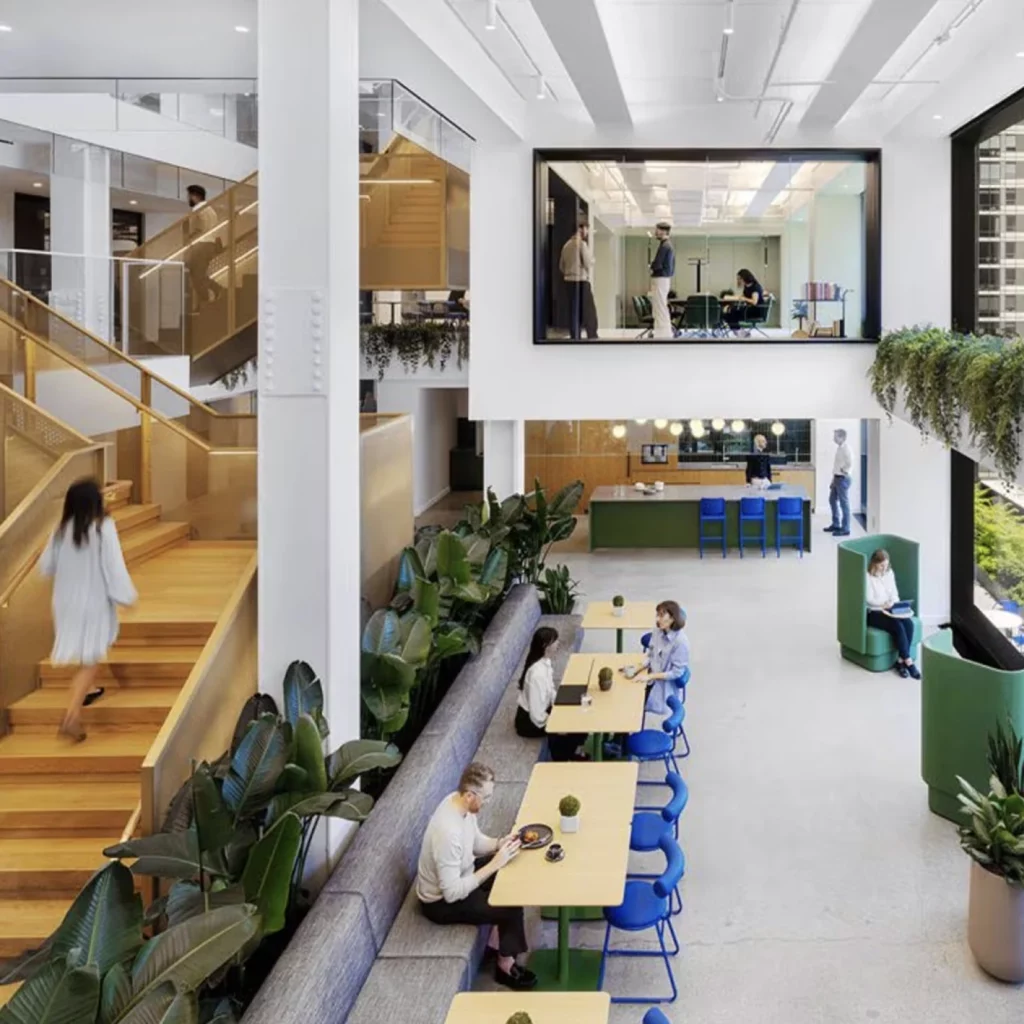
Creating sitting corners near windows or even installing skylights will help lower energy consumption. Moreover, intake of natural light will promote well-being for employees.
Customized Light System
Not every employee is comfortable with different light adjustments. To optimize the light system in the office, adjustable lights should be installed. Employees can adjust light intensity as per their requirement, reducing discomfort and eye strain.
This light system is best suitable for offices that have departments with tasks like reading a document or working on a computer. Offering this tailored light system can further enhance comfort, helping employees to stay focused. Also, it promotes inclusivity so that employees can customize their lighting according to their work style and job requirements.
Light Color Temperatures
Lighting color temperature makes a lot of difference in how we feel. The color temperature is measured in Kelvin; the higher the number, the whiter and cooler your light will be.
For this reason, many offices use it during the day to stimulate alertness and focus, as cooler light can stimulate the part of the brain that tells you how bright it actually is. For example, everything from smartphones to computers emits a lot of blue light.
Blue light has been a buzzword lately. Blue light emission from phones & computer screens lowers melatonin, the sleep hormone. This light makes us awake during the daytime, but too much of it just before sleep might not be so good for quality sleep.
Warm-toned lighting, on the other hand, is less disruptive to our internal clocks and can even promote better sleep. Something that is good for relaxation, but in an office setting, overly warm lighting makes employees sluggish, affecting their productivity. The right balance of lights throughout the day is helpful in maintaining focus and well-being in the workplace.
Use Circadian Light System
Natural circadian lighting systems are becoming more common in offices as they adjust lighting according to our body rhythm. The systems offer the brighter, cooler light in the morning to increase alertness and, later in the day, a warmer light to promote a sense of calm.
Not only does it improve productivity, but it also helps reduce fatigue and stress, creating a comfortable workspace. Studies have indicated that over time, the use of these light systems can improve mood and mental health. By adopting circadian lighting, companies can create a healthier, more balanced workplace that benefits both employees and the business as a whole.
Reduce Glares
Glare: this is when light reflects off of glossy surfaces or shines into an employee’s eye so they can only see the brightest light in their field of vision. Even the sun, if it happens to be reflecting off of surfaces, the glare was enough to take employees off of their planned tasks.
Direct and indirect glare can be reduced by installing window treatments such as blinds, shades, or sheer curtains in order to regulate sunlight passing into your place of work.
Blue light filters also help reduce eye strain and make the workspace feel more comfortable by adjusting the monitor brightness level too—some employees might even benefit from it. These simple adjustments can create a more visually comfortable and productive workspace.
Improved Lighting, Better Mental Health
Optimizing office lighting is crucial for both mental well-being and productivity. By addressing issues like glare, offering customized lighting options, and embracing circadian systems, companies can create a more comfortable, focused environment that enhances employee performance and fosters a healthier, happier workplace for everyone.
Want to optimize your workplace for better productivity and well-being? At EvolveDash, we provide custom software solutions to help you streamline office operations, enhance collaboration, and improve overall efficiency. Contact us today to take your workplace to the next level!
FAQs
- How does lighting affect employee productivity?
Proper lighting in the office can significantly boost employee productivity. Natural light improves mood and focus, while adjustable lighting systems allow employees to tailor the lighting to their needs, reducing eye strain and increasing comfort for better work output.
- What is circadian lighting, and how does it benefit the workplace?
Circadian lighting systems adjust the intensity and color temperature of light throughout the day to align with the body’s natural rhythms. This promotes alertness during work hours and relaxation during breaks, ultimately improving mental well-being, reducing fatigue, and enhancing employee performance.
- How can poor lighting impact mental health in the workplace?
Poor lighting can contribute to stress, eye strain, and mental fatigue. It has also been linked to conditions like Seasonal Affective Disorder (SAD) and anxiety. By improving lighting quality, employers can support their employees’ mental health, reduce stress, and foster a more productive work environment.
